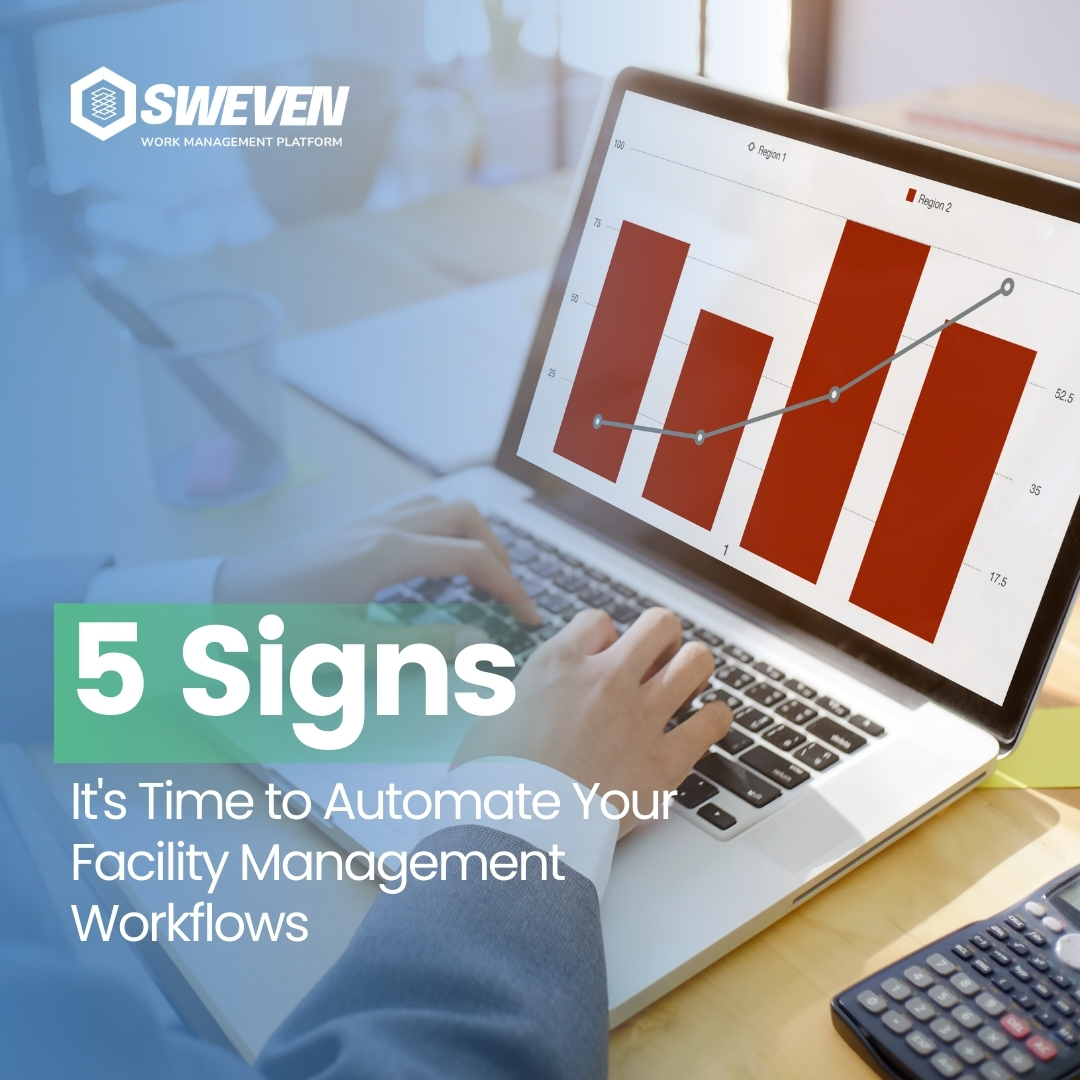Introduction:
Vendor onboarding and offboarding are critical processes for aggregators, enabling them to expand their product or service offerings efficiently while maintaining operational excellence. However, these processes can be time-consuming and challenging, requiring thorough verification of credentials, negotiation of terms, and integration with internal systems. Similarly, offboarding vendors due to poor performance or changing business needs can disrupt operations and pose significant challenges. In this blog, we explore the complexities of vendor onboarding and offboarding faced by aggregators and propose strategies to overcome these challenges for streamlined operations and enhanced efficiency.

The Challenge of Vendor Onboarding:
Verification of Credentials: Aggregators must verify the credentials, qualifications, and certifications of new vendors to ensure compliance with regulatory requirements and quality standards. This process can be time-consuming, especially when dealing with a large volume of vendor applications.
Negotiation of Terms: Negotiating contractual terms, pricing, and service level agreements (SLAs) with new vendors requires careful consideration and may involve multiple rounds of discussions and revisions to reach mutually acceptable terms.
Integration with Internal Systems: Integrating new vendors into internal systems, such as procurement platforms, billing systems, and inventory management tools, can pose technical challenges and require coordination across departments to ensure seamless data exchange and workflow integration.
The Challenge of Vendor Offboarding:
Performance Evaluation: Evaluating vendor performance and determining when to offboard underperforming vendors requires objective assessment criteria and may involve input from various stakeholders, including operations, finance, and procurement teams.
Contract Termination: Terminating contracts with vendors due to poor performance or changing business needs requires careful adherence to contractual terms, legal considerations, and communication protocols to minimize legal risks and maintain professional relationships.
Transition Planning: Planning and executing the transition process when offboarding vendors, including transferring responsibilities, data, and knowledge to alternative vendors or internal teams, requires careful coordination and may disrupt ongoing operations if not managed effectively.
Strategies for Streamlining Vendor Onboarding and Offboarding:
Standardized Onboarding Processes: Develop standardized onboarding processes and checklists to streamline the verification of credentials, negotiation of terms, and integration with internal systems for new vendors.

Automated Workflows: Implement automated workflows and digital tools, such as vendor management software or procurement platforms, to facilitate efficient communication, documentation, and approval processes during vendor onboarding and offboarding.
Prequalification Criteria: Establish prequalification criteria for vendors based on factors such as experience, reputation, financial stability, and compliance history to streamline the vendor selection process and reduce the time spent on vetting unqualified vendors.
Performance Metrics and Monitoring: Define key performance indicators (KPIs) and establish regular performance monitoring mechanisms to assess vendor performance objectively and identify underperforming vendors for timely offboarding.
Transparent Communication: Maintain open and transparent communication channels with vendors throughout the onboarding and offboarding processes, providing clear expectations, feedback, and support to ensure a smooth transition and minimize disruptions.
Continual Improvement: Continuously evaluate and refine vendor onboarding and offboarding processes based on feedback, lessons learned, and industry best practices to optimize efficiency, reduce costs, and enhance the overall vendor management experience.


























